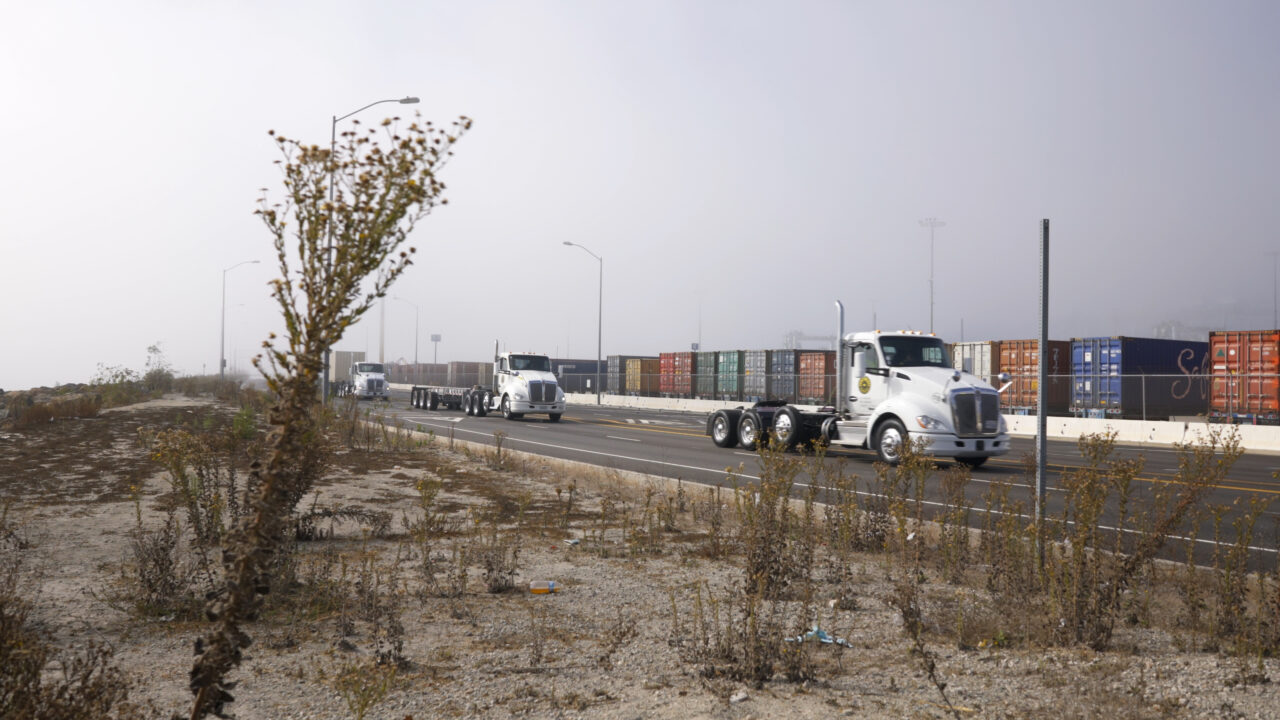Since 2020, the phrase “supply chain challenges” has become widely recognized. Limited product availability, shipping timelines, and fluctuating freight costs made global headlines, impacting businesses and consumers alike.
As we move through 2025, many are asking: How has the situation evolved, and how are factors such as tariffs, fuel and energy costs, and workforce availability reshaping the supply chain landscape?
Heavy Weight Transport examines the current state of the supply chain and what the future looks like.
The State of the Supply Chain in 2025
Supply chains are noticeably more stable today than during the height of the pandemic. Ports are operating more efficiently, shipping rates have stabilized, and companies have adopted new technologies to enhance visibility and efficiency. According to the 2024 Supply Chain Stability Index, most sectors report improved reliability and shorter lead times compared to 2020-2022.
This stability represents an evolution rather than a return to previous conditions. The global economy continues to adapt to various influences, from geopolitical developments to environmental events. Companies have incorporated valuable insights about supply chain diversification. As a result, many have broadened their sourcing strategies, invested in digital tools, and adjusted inventory management to enhance resilience.
Tariffs: A New Factor in Supply Chain Planning
As the shipping industry continues its recovery from the pandemic, tariffs have emerged as an additional consideration. In early 2025, the U.S. government implemented changes to tariffs on imports from several trading partners. These measures apply to various products, from electronics and machinery to auto parts and raw materials. As of May 2025, current tariffs are influencing costs, shipping volumes, and creating new considerations throughout the heavy shipping supply chain.
How Tariffs Affect the Supply Chain
Tariffs function as fees on imported goods, affecting costs for manufacturers, distributors, and consumers. For the supply chain, the effects include:
- Adjusted Input Costs: Companies that utilize imported materials such as steel, aluminum, or electronic components experience cost adjustments. These costs may be distributed throughout the supply chain.
- Sourcing Adaptations: Some businesses may evaluate alternative suppliers in countries with different tariff structures. This can involve production adjustments, contract renegotiations, and new logistical considerations.
- Inventory and Cash Flow Management: To optimize around tariffs, companies might adjust inventory timing and levels, affecting cash flow and warehouse utilization.
- Cross-Border Procedures: Tariffs add documentation and compliance requirements, affecting shipment timelines
Fact: Since 2021, the private sector has announced over $1 trillion in investments in U.S. manufacturing and power generation, driven by federal initiatives to strengthen critical supply chains. — 2021–2024 Quadrennial Supply Chain Review
Industry-Wide Adaptations
Various sectors — including heavy equipment and automotive — are adapting to these changes due to their involvement in cross-border trade. The effects of tariffs are visible throughout the economy. Retailers are adjusting their margin strategies as import costs evolve. Manufacturers are modifying supplier relationships and production approaches. Service industries may also adapt if their equipment or supplies experience pricing or availability changes.
For logistics providers and transportation companies, tariffs represent more than just cost considerations. They introduce new variables into route planning, customs clearance, and demand forecasting. Companies that move goods across borders are developing strategies to adapt to evolving regulations and customer requirements.
Signs of Adaptation and Resilience
The supply chain sector is demonstrating significant adaptability. Businesses are responding through:
- Supplier Diversification: Many are optimizing their sourcing by utilizing multiple locations and suppliers.
- Nearshoring and Reshoring: Some manufacturers are relocating production closer to end markets, adjusting to tariff considerations and transit times.
- Technology Investment: Digital platforms, AI-driven analytics, and real-time tracking tools are helping companies anticipate changes and optimize operations.
- Strategic Partnerships: Enhanced collaboration between suppliers, logistics providers, and customers is enabling responsive problem-solving and flexible supply chain design.
What’s Ahead? Supply Chain Predictions
Analysts suggest that while the acute supply chain situations of the early 2020s are evolving, adaptability remains essential. Tariffs and trade policy continue to be important factors, especially as global relationships influence economic decisions.
In the near term, businesses should prepare for ongoing adjustments as they navigate tariff structures and develop cost-effective solutions. Looking further ahead, the focus on supply chain resilience—through diversification, digitization, and collaboration—will continue to develop.
A New Era, New Opportunities
The developments of recent years have transitioned into a more stabilized, yet dynamic environment. Tariffs represent the latest development, prompting companies to evaluate sourcing, pricing, and logistics strategies.
Success in this environment will come to those who embrace adaptation, invest in technology, and build strong, flexible partnerships across the supply chain. The evolution toward a resilient and adaptable supply chain continues, and Heavy Weight is positioned as a leading drayage carrier to support you in navigating the future.









